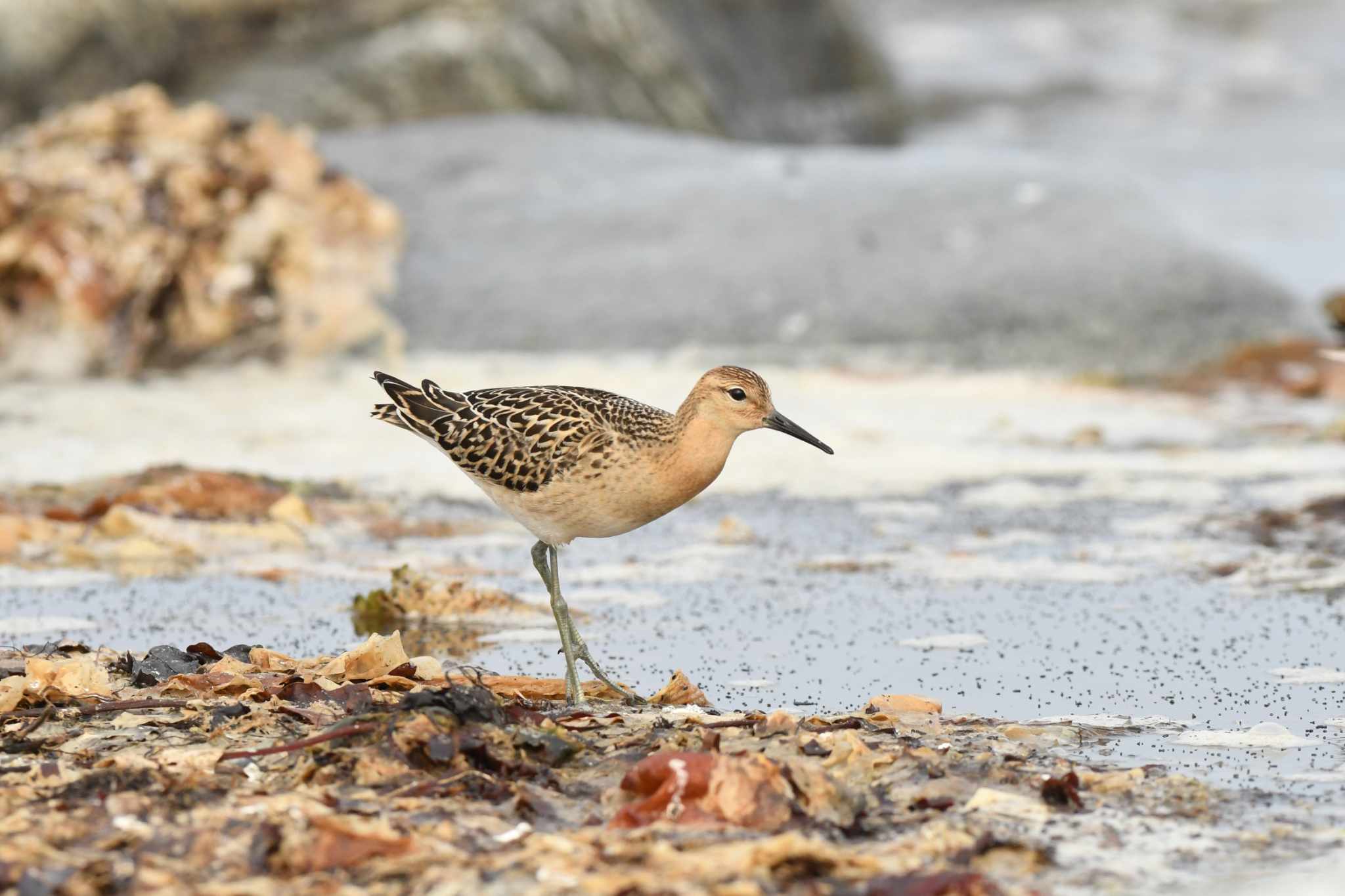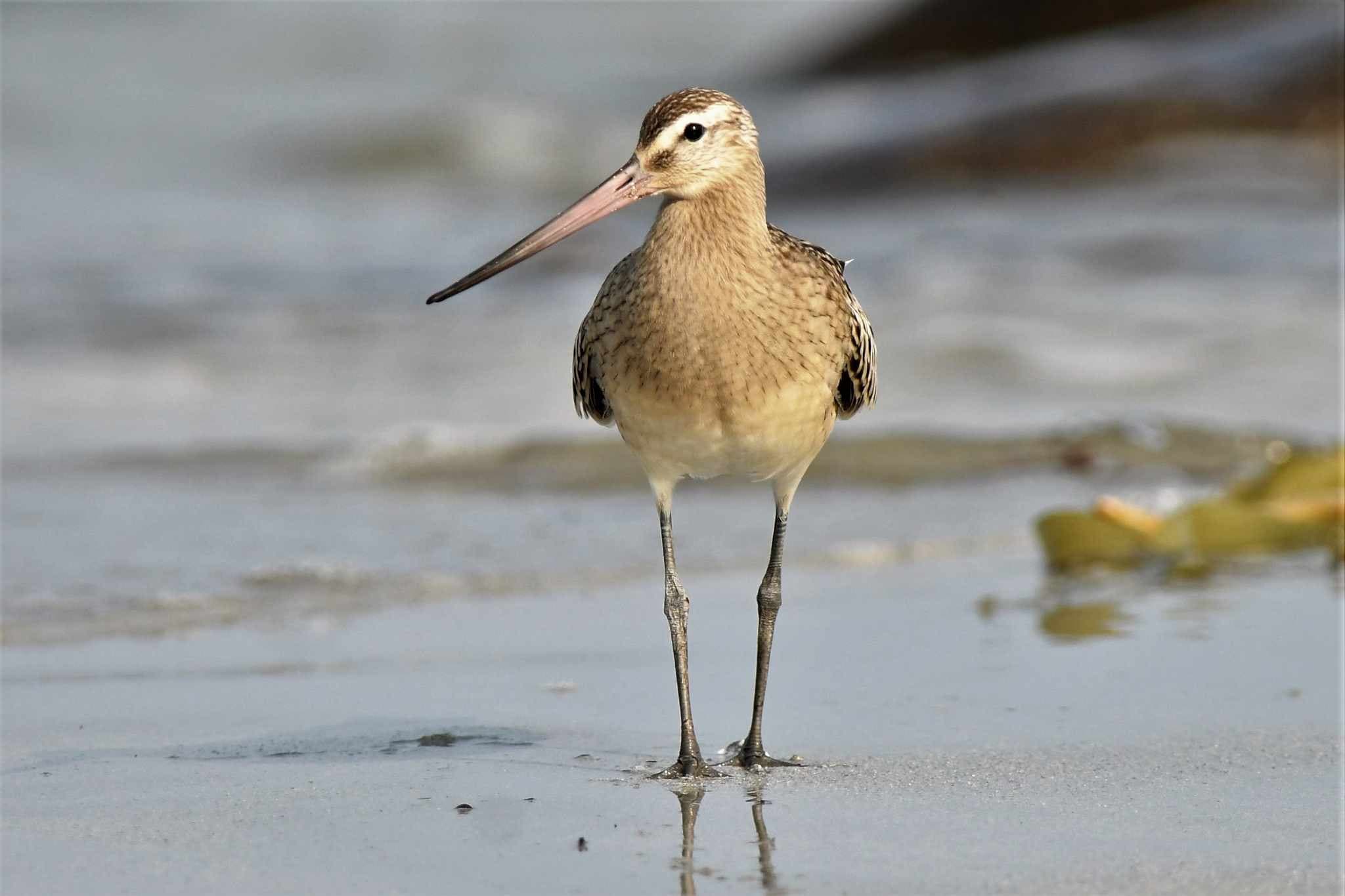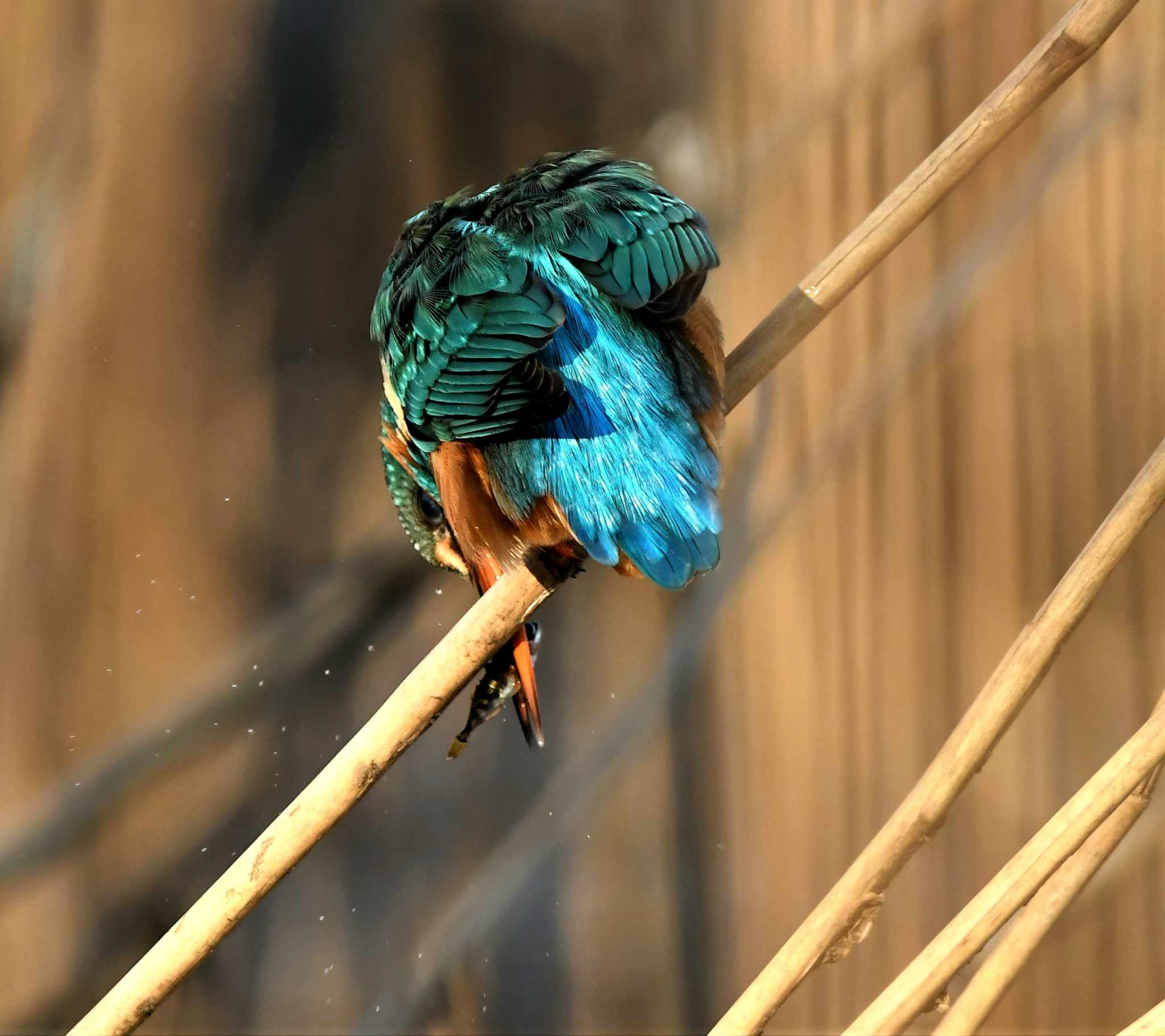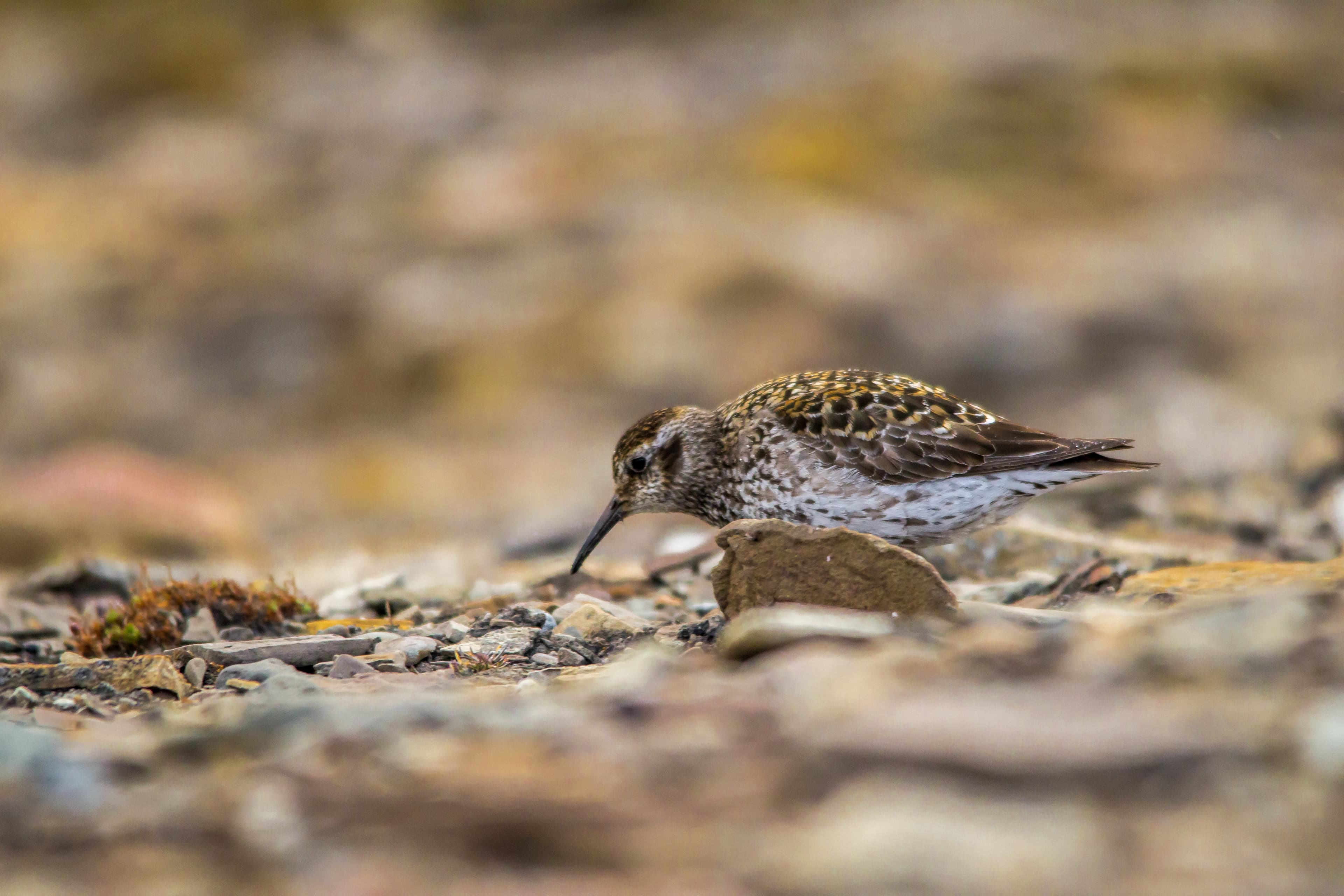
Nature and attractions
"Birdtastic" spring in the Stavanger region
- Spring
Last updated 2025-04-25
Birdwatching is an increasingly popular pastime. A sure sign of winter coming to an end is when the migratory birds return to us.
Jæren is an Eldorado for birdwatchers. The best-known areas are the wetland areas and the beaches where you can see wetland birds, however, it is also possible to see other small birds as well as birds of prey if you go a little further inland.
Jæren wetland area is part of 63 Ramsar areas in Norway. The Ramsar Convention was enacted at Ramsar in Iran in 1972. It protects wetlands that are of international importance and will increase knowledge of the ecological importance of wetlands for research and recreation.
Jæren wetland area
Jæren wetland area consists of 22 protected areas such as nature reserves, landscape conservation areas and biotope protection. In this area, there is abundant birdlife and good opportunities to observe the birdlife. The most famous areas are perhaps Revtangen and Orrevatnet lake, which is located by the sea. A great variety of birdlife is present here all year round, and there is a bird tower at Orreosen. Revtangen is known as the Stavanger Museum's ornithological station, where 6,000 - 10,000 birds are marked annually. The Revtangen Ornithological Station was established in 1937 and is the country's and Scandinavia's oldest. Ergavatnet lake, just south of Orrevatnet, also has abundant birdlife.
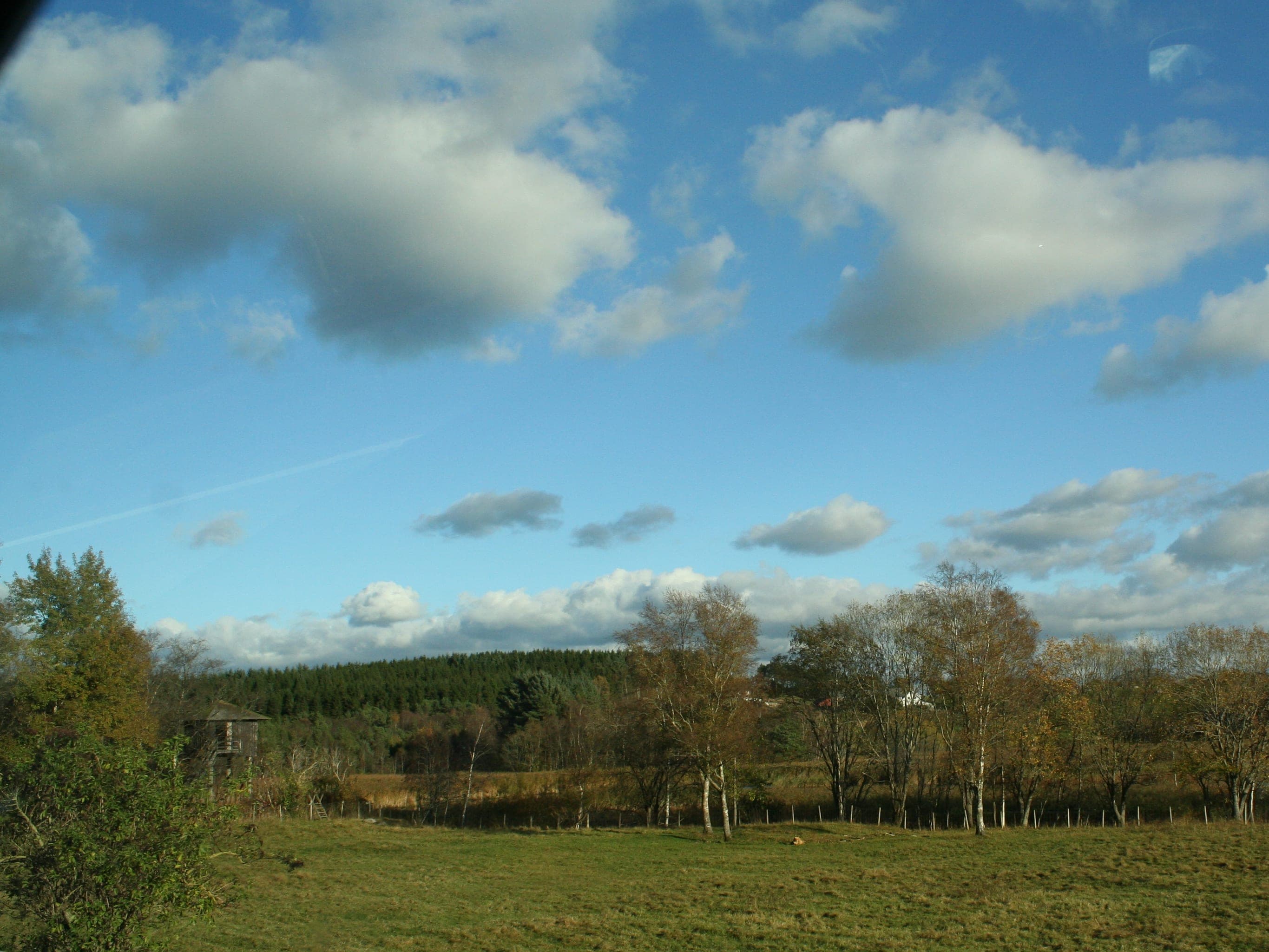
Mountain hikes and walks
Lake Lonavannet and Øksnevadtjern nature reserve
Klepp
Nature and culture trail with information posts about biotopes and cultural sites. Bird watching tower at Øksnevadtjørn lake, where you can observe the birds. The trail is five kilometres and runs on both sides of FV44, partly in open country and partly in cultivated land.
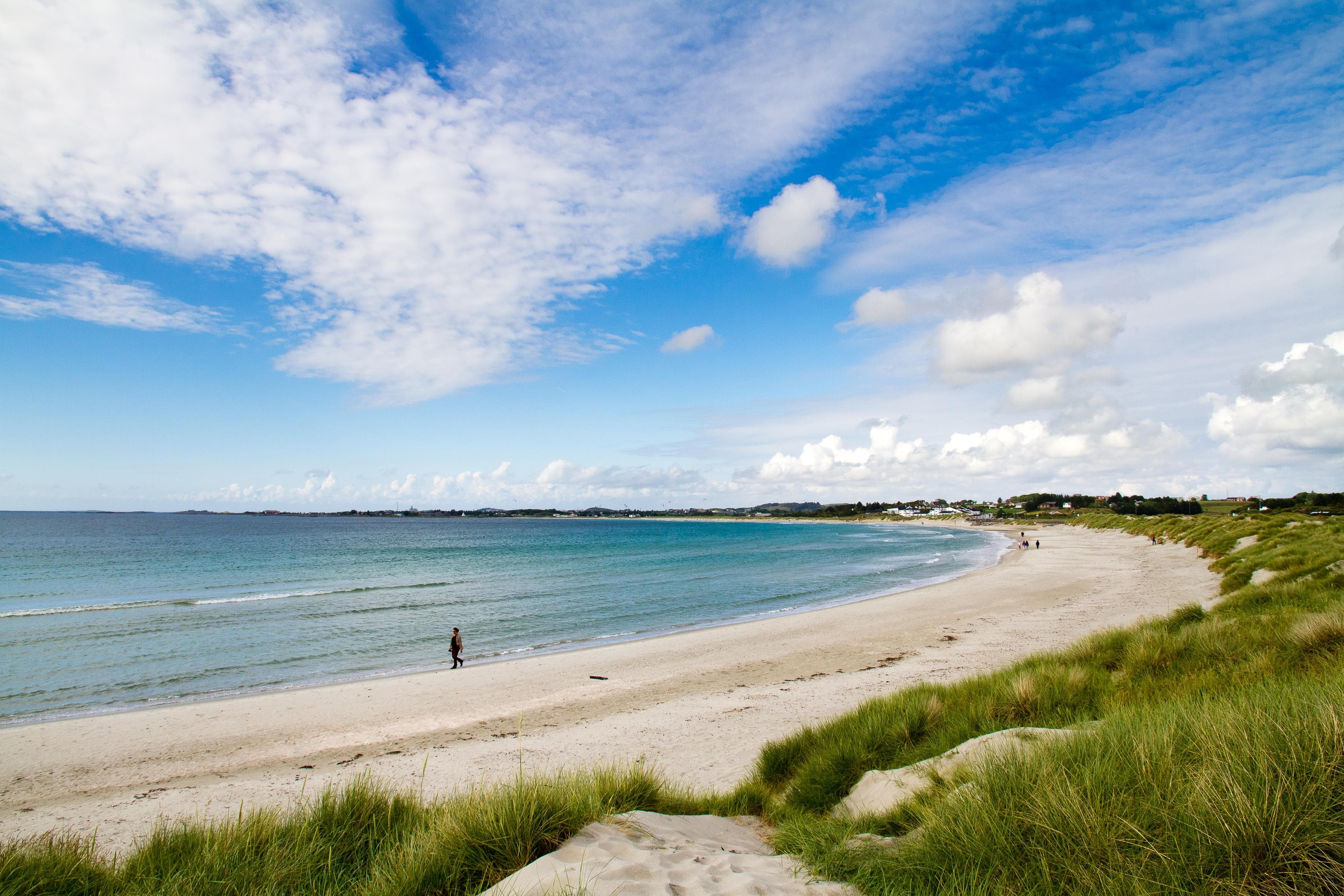
Architecture and heritage
The Jæren beaches - protected landscape area & Hope Spot
The Jæren beaches
Jærstrendene (the beaches of Jæren) stretches from Tungenes in the north to Sirevåg in the south with a total length of 70 kilometres. You'll find a mixture of sand beaches, pebble beaches and a moraine coast.
Bird towers at Øksnevadtjern and Lonavatn lakes
A little further north and east, lie Øksnevadtjern and Lonavatn lake, both of which are nature reserves and important nesting areas for wetland birds. There are bird towers both at Øksnevadtjern and Lonavatn lakes. Grudavatnet lake, between Orre and Øksnevad, is also a nature reserve where you can observe more rare birds. Synesvarden and the surrounding area are conservation areas. Birds who nest here are the southern marsh snipe and southern helo. In the area within Bjorvatnet lake at Brusand, there has been a large migration of birds of prey in recent years.
Kjørholmane nature reserve
Kjørholmane nature reserve is located on several islets southwest of the island Rott in Sola municipality. Kjørholmane nature reserve was established in 1982 and is a seabird reserve. Since 2003, the reserve is part of the Rott-Håstein-Kjør bird protection area, and since 2011, the entire bird protection area is also a Ramsar site. This is an important nesting area for seabirds and a habitat for seals, especially otters. Kjørholmane is the largest cormorant colony in Norway south of Runde. You will additionally find nesting populations of cormorants, black-legged kittiwake, auks, puffins, theist, auks, guillemots and the northern fulmar. Also colonies of grey gull, herring gull and black-backed gull. This is the southernmost area in the country for species such as puffins and black-legged kittiwake.
Birdlife in Dalane
In Dalane, the southern part of the county of Rogaland, there are also several nature reserves where it is possible to observe birds. There is also a bird marking station at Eigerøy lighthouse. It is not uncommon to observe over 60 species of birds on a good day. The location, an island with small forests, means that large bird flocks pull over Eigerøy.
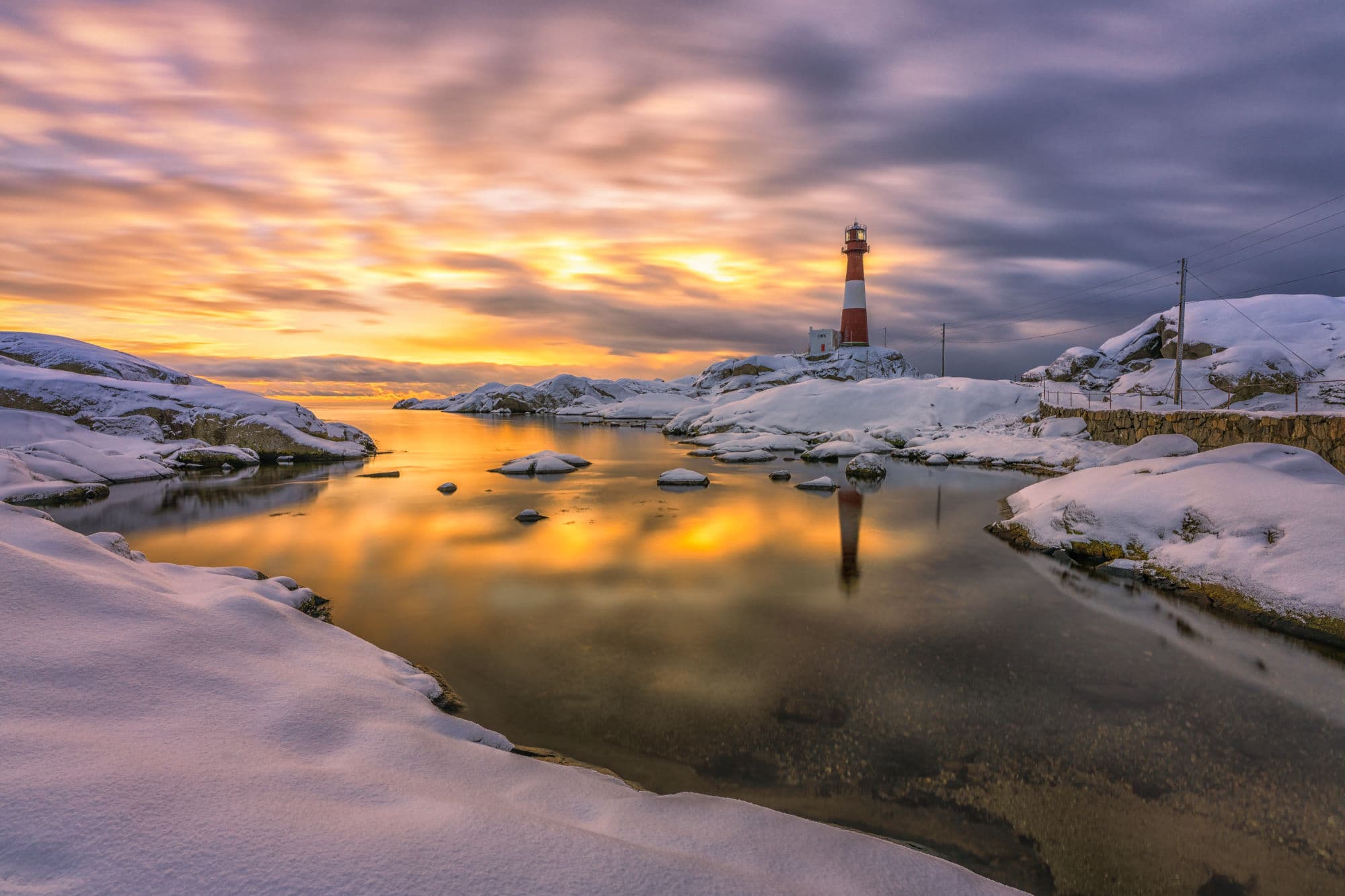
Architecture and heritage
Eigerøy lighthouse
Egersund
Experience Eigerøy Lighthouse from 1854 – Norway's first cast iron lighthouse. Hiking trail, bird life, café and 134 steps with a view of the sea.
